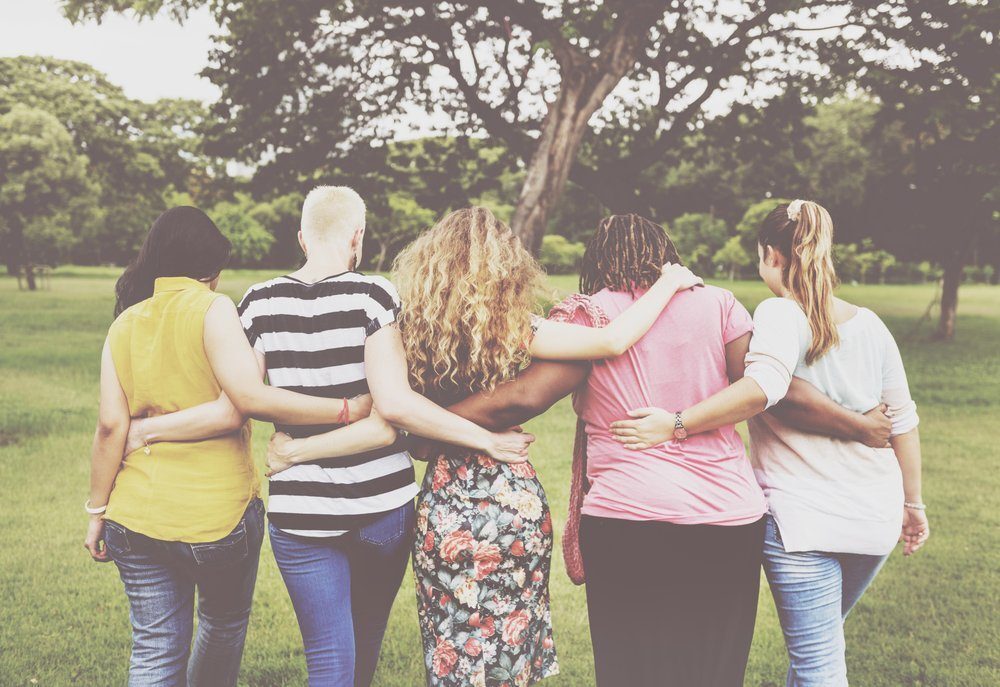Virtual Events on Tap Globally for May, EDS and HSD Awareness Month
Written by |

Scores of virtual events are on tap for global EDS and HSD Awareness Month, observed each May. The activities are focused on heightening awareness of Ehlers-Danlos syndrome (EDS) and hypermobility spectrum disorders, and the individuals they affect.
Patients, caregivers, and advocates worldwide are invited to perform “acts of awareness,” flood social media platforms, contact their lawmakers, wear special gear, attend a webinar, and hold virtual fundraisers — all in the name of a group of genetic disorders that affect the connective tissues that provide structure to joints, skin, blood vessels, and other tissues and organs.
Hypermobility spectrum disorders (HSDs) are a group of conditions related to joint hypermobility, extending beyond EDS.
These acts of awareness seek to make the general public, as well as policymakers, public authorities, industry representatives, scientists, and health professionals, more aware of these disorders.
“For months now, the challenges of the COVID-19 pandemic have made the situation even more difficult for those living with EDS and HSD with delayed or cancelled appointments, treatments, genetic testing, and diagnosis, to accessing care and therapies they depend on for quality of life,” the Ehlers Danlos Society wrote on an awareness month webpage.
“Now, more than ever, we need the global EDS and HSD community, healthcare professionals, businesses, policymakers, and individuals across the world to help us push forward with research and education to improve care.”
As part of its observance, the organization is calling attention to the average time to diagnosis of an EDS or HSD disorder — 10 to 12 years — as well as the need for better treatments, and patient and family support. In some countries, the nonprofit added, the disorders either are not recognized or doctor have very little understanding of how to manage symptoms.
To help remedy that, the Society is sharing the voices of some patients about why disease awareness is so important.
Ellie, a 17-year-old hypermobile EDS patient from England, called her experiences “a rough ride. I’ve suffered a lot of mistreatment throughout my life and even now with my EDS diagnosis up to present day,” she said in a video with her mother, Caroline. “I still suffer mistreatment from medical professionals, psychologists, who just do not believe in the condition and they’re not even willing to listen and learn.”
To help raise awareness globally, the organization is presenting a host of Acts of Awareness Challenges, in which each kilometer walked or rolled in a wheelchair, every dollar raised, and each social media post counts as an act of awareness. The goal is 120,000 such acts worldwide.
Various incentive awards will be given participants, including society gear.
The challenges involve local Awareness Month proclamations, a “Walk ‘n’ Roll” event, fundraising, and social media posts using special photo frames and the hashtags #MyEDSChallenge and #MyHSDChallenge.
The organization also has downloadable Awareness Month materials such as brochures, posters, signs, a sample press release, and a sample fundraiser template.
Elsewhere, supporters may also register for a May 29 webinar on “Rarer Types of Ehlers-Danlos Syndrome,” presented by Project ECHO. The event will cover the latest information about diseases such as periodontal, dermatosparaxis, and myopathic EDS.
The conference, which is open to the entire EDS community, takes place from 8:45 a.m. to 3 p.m. EDT. There will be live translations from English to French, German, Spanish, and Japanese. Scholarships from the Ehlers Danlos Society are available to attend virtual events this year.
Also this month, REDS4VEDS DAY intends to help raise awareness of vascular EDS. The event, set for May 21, asks people to wear something red and share a photo on social media using the hashtag #REDS4VEDS. Annabelle’s Challenge, a U.K. charity supporting the vascular EDS community, welcomes donations to fund research and support families.





